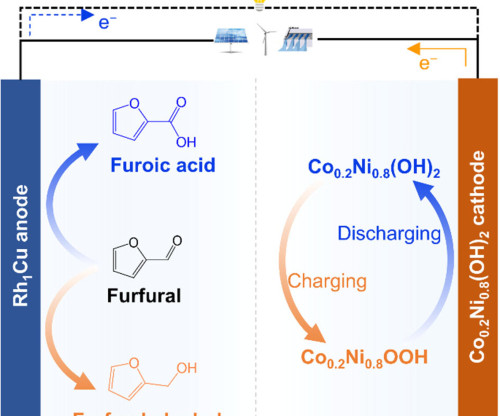Researchers in Korea propose graphene/Ni foam as Li metal storage medium for advanced batteries
Green Car Congress
JANUARY 7, 2019
Researchers in Korea have developed three-dimensional monolithic corrugated graphene on nickel foam electrode as a Li metal storage framework in carbonate electrolytes. Therefore, hybrid engineering to prevent dendritic Li growth and increase the coulombic efficiency in highly reactive electrolytes is essential. 2018.12.075.



























Let's personalize your content